Great Fire of London box
What Kirklees was like at the time of the Great Fire of London
In 1599 William Ramsden bought the manor of Huddersfield, and they established it as a prosperous trading centre. When the Civil War broke out in England in 1642, the population of West Yorkshire was estimated to be around 220,000. The towns around Kirklees supported Parliament, rather than the King, because his tax policies had affected the cloth industry in the area. However, the richer people, called the gentry, supported the King. They were called Royalists. When the war ended in 1651, Parliament was victorious. England was then ruled by the 'Commonwealth' with Oliver Cromwell as Lord Protector. However, by 1660, the monarchy was restored and Charles II became King.
Due to the hilly landscape, local people found it difficult to grow crops to support the growing population, so they relied on wool to produce cloth that could be sold or traded. This was helped by the plentiful supply of wool in the area, and streams to help with production and trade. Most people produced cloth from wool in their homes. By 1666, the cloth and wool industry was very important in the area, and allowed local towns to become very rich. Although Almondbury had been one of the biggest towns in Medieval West Yorkshire, by 1600 Huddersfield instead became the main centre of woolen trade. In 1671, it was granted a marker charter so it could hold a market each Tuesday. Trade was important, especially contact with London. In 1675, John Ogilby produced a route map, showing the roads, rivers, bridges, hills, woods, houses, corn mills and churches on the way to London.
There are several buildings from this period in the area, including Oakwell Hall (built in 1583), Cruck Barn (built late 16th century), Thorncliffe Grange Farmhouse (built 1623), Crosland Hall (early 17th century) and Dod Lea House (1674).
In 1666, daily life would have been very different for people living in Kirklees compared to London. Whilst overcrowding was a problem in the capital, Kirklees would have been a largely rural area. They would have still have to deal with issues such as poor hygiene and disease, but the impact of this would have been less due to the smaller population. However, increasing trade and travel around the country did mean populations were rising and diseases were spreading more quickly.
What to expect in the box
There was no fire brigade before the Great Fire of London.
The first 'fire insurance' brigades were created in 1680, to protect the properties of people who had paid into the scheme.
These plaques were put on buildings which were protected.
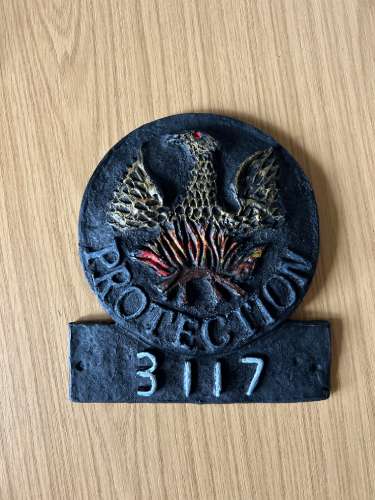
There was no fire brigade before the Great Fire of London.
The first 'fire insurance' brigades were created in 1680, to protect the properties of people who had paid into the scheme.
They would have worn hats like this one.
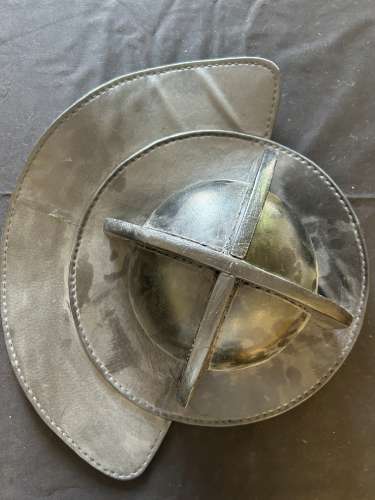
This map of Yorkshire was produced in 1676 by John Speed.
At the time of the Great Fire of London, Yorkshire was one of the largest counties in the kingdom. By this time, Huddersfield was already an established textile producer.
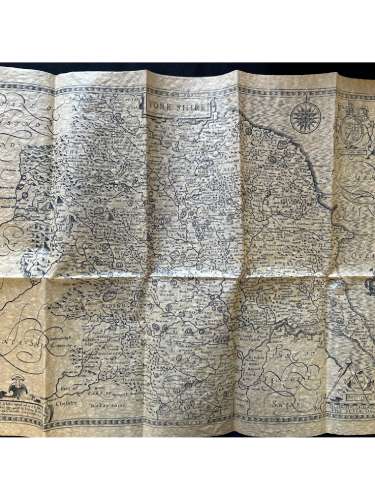
Candlelight was very important as people did not have electricity.
This did mean that fires were very common.
A snuffer would be needed to put out all the candles before people went to bed.
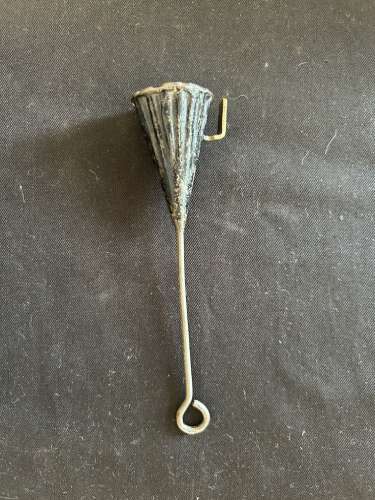
Many people wrote diaries at the time, and would have to use quill pens and ink pots.
Samuel Pepys witnessed the fire first-hand, and recorded the events in his diary.
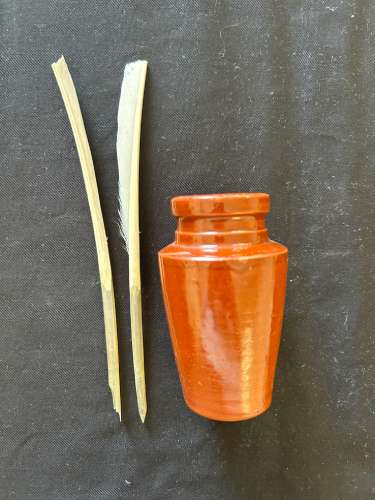
Tankards were used for pouring wine and ale, often placed on a table for many people to share.
Most people would drink alcohol, as it was safer than drinking water.
This tankard is made from pewter, which only wealthy people could afford.
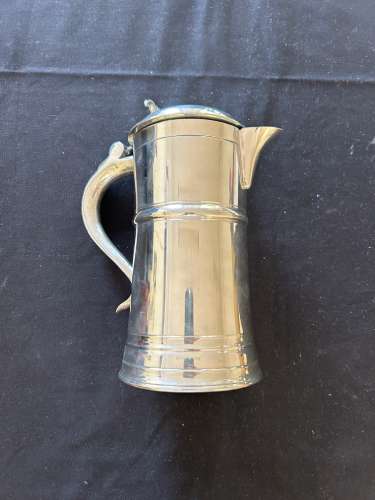
The fire spread quickly through the Tudor-era houses in London.
They were built very close together, and made from wood with straw roofs. The top floor often overhung the street.
Tiled roofs were added later, after the fire.
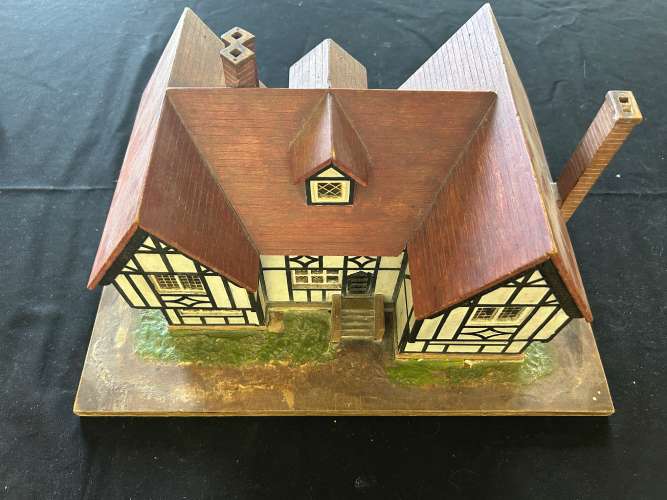
This map shows areas which were damaged during the Great fire of London.
The fire started on Pudding Lane, and the high easterly winds enabled it to spread
By the morning, over 300 houses had been destroyed. By the time the fire was extinguished, the number was over 13,000.
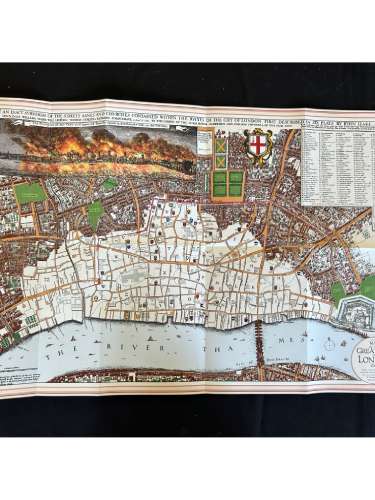
Candlelight was very important as people did not have electricity.
This did mean that fires were very common.
This candle holder would allow a person to travel with the light.
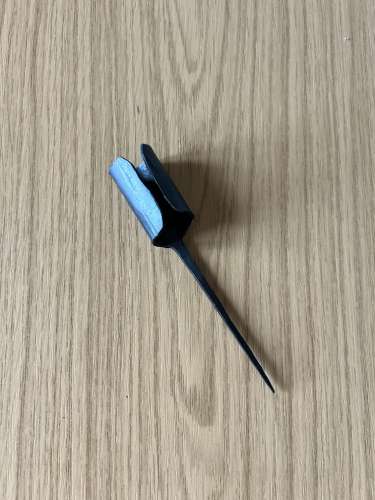
Charles II was king of England during the Great Fire of London. He was a member of the Stuart family.
Then, as now, coins were produces showing the face of the monarch, and they would be made in a place called a 'Mint'.
Tokens could also be used to obtain an item, but were not as valuable.
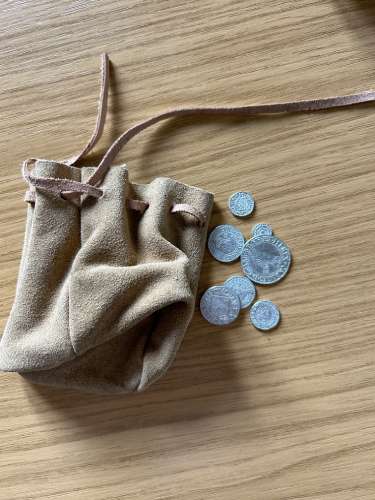
Gentlement, like Samuel Pepys, would wear clothes inspired by Dutch fashion.
This included short jackets and wide breeches (trousers) hanging loose to the knee.
Please feel free to try on this outfit.
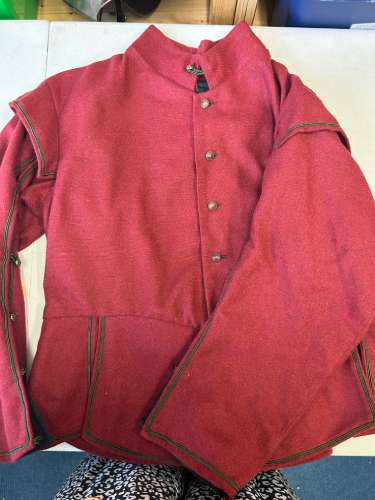
Witchballs were hung in windows during this time to ward off evil spirits, spells and witches.
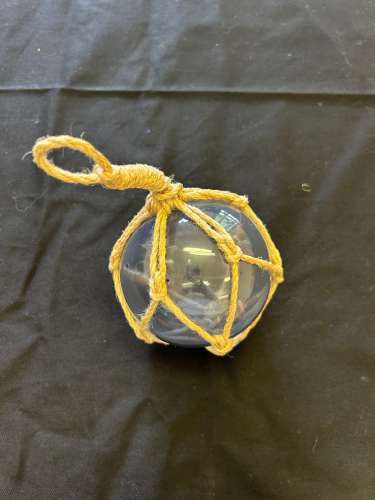
The Stuarts enjoyed leisure time, and would often spend it playing games and sports.
Card and dice games were enjoyed by all members of society, and would often include gambling too.
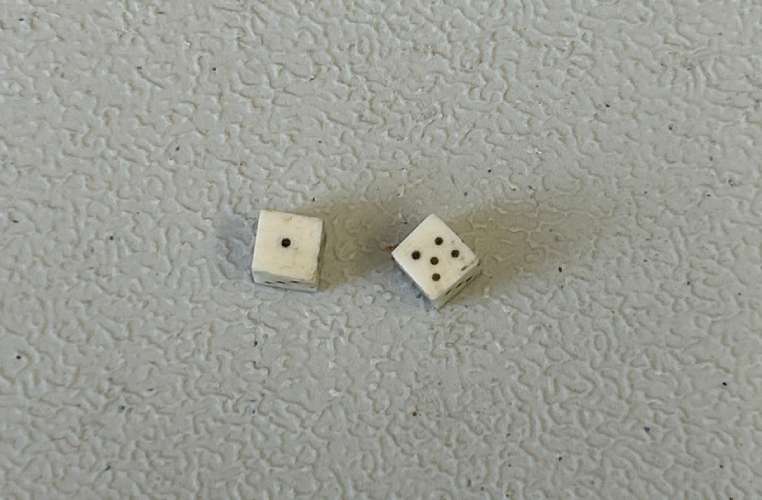
Whilst metal spoons were beginning to replace those made from horn, poorer people would still use horn.
Horn was the equivalent of plastic, and was very useful as it is light, hard wearing, and difficult to break.
Until the later Stuart period, most English people ate with spoons, knives and fingers. They thought forks were too dangerous.
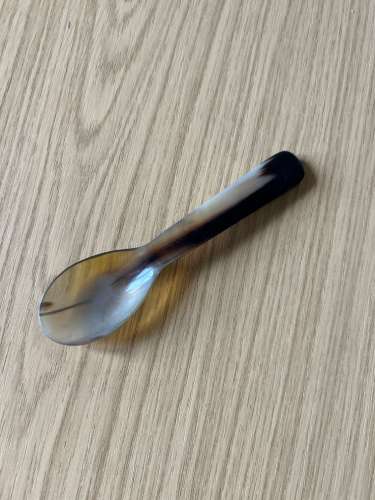
During the Great Fire of London, people used leather buckets to fight the fire by filling them with water from the Thames and throwing them onto the blaze.
They formed a line from the river to the fire and passed buckets along.
However, the fire spread quickly and the buckets had little effect.
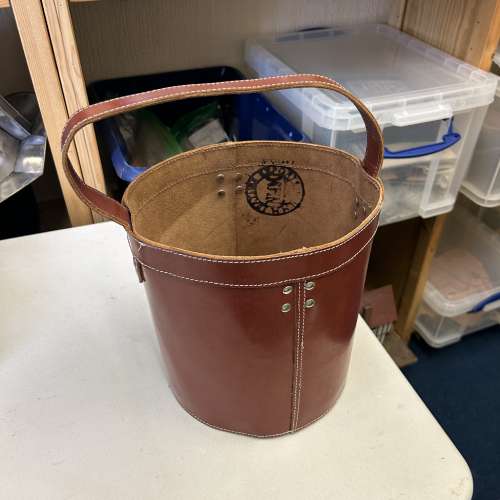
Explore the following themes using the objects
- Innovation
- Progress
- Daily life/society
- Rich and poor
- Technology
- Living conditions
- Materials




